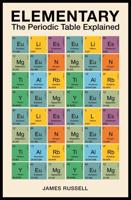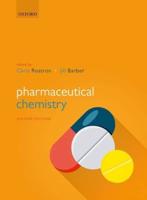Publisher's Synopsis
For many years, Bill Jorgensen and Lional Salem's Organic Chemist's Book ofOrbitals was the standard work on qualitative MO-theory in Erlangen. It provided the basic principles as weH as MO-plots of exactly the orbitals that we needed to understand the effects that we were investigating. How- ever, 25 years after its publication, the Organic Chemist's Book of Orbitals is essentiaHy unknown to the current generation of chemistry students, although qualitative MO-theory has become a standard too1. This and the new technical possibilities made possible by the development of web browsers, VRML-viewers etc. suggested that the time is right to attempt a more modern version, this time called The Chemist's Electronic Book of Orbitals. The resulting "book" is a tribute to its predecessor and we hope that it will playa similar role as vanguard for a new generation of chem- istry publications in this area. The written text can be read alone, but is intended to be used in conjunction with the demonstrations and VRML- objects on the CD. The orbital plots can be rotated, displayed and printed as desired. We have designed The Chemist's Electronic Book of Orbitals to be accessed from a standard web-browser with VRML viewer and JAVA in order to avoid the need for extra software on the CD and to make it acces- sible from as many hardware platforms as possible. Many people have contributed to the success of this project. We espe- cially thank Peter Enders at Springer for unflagging support.










